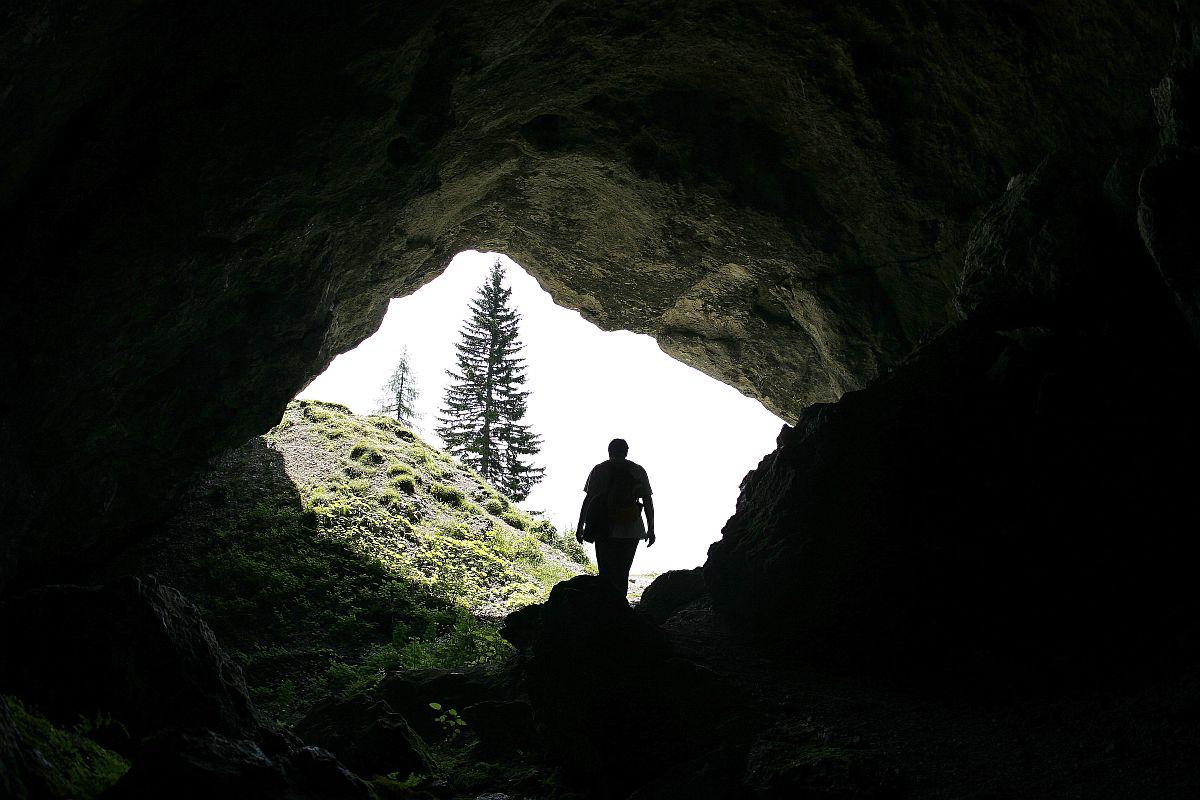
For decades, Slovenia has been a heaven for archeologists. Its caves long have been the source of invaluable artifacts that have shed light on prehistoric life in Europe. In the 20th century, one man above all put Slovenia on the world archeological map: his name was Srečko Brodar.
Brodar was born in 1893. A bright student, he quickly outgrew the academic opportunities available to him in the Slovenian Lands and continued his studies in Vienna and Zagreb. Brodar’s career was interrupted by World War I. He was injured on the front, but he recovered, and he soon established himself as a leading archeologist.
In the 1920, the Celje Museum Society invited him to explore the Potočka Zijalka Cave near Slovenia’s border with Austria. In the cave, he discovered many animal remains, which proved that bears once lived in the cave; but he also found arrowheads, what appeared to be a flute, and a sewing needle, still thought to be Europe’s oldest. In all, the cave contained more than 300 individual human-made objects that he painstakingly recovered from several layers of dirt. The find was remarkable; it proved that Slovenia had an important site of paleolithic settlement. The cave’s unusually high altitude was also climatologically significant; it was an important piece of evidence for the existence of warm periods during the Ice Age.
Brodar’s findings helped to place Slovenia in a broader, pan-European archeological context. He went on to find tools in other caves, and eventually discovered that Slovenia was also rich in artefacts from another era: the Mesolithic. Many of the artifacts were destroyed during World War II, but Brodar continued his expeditions.
After the war, he was named a full professor at the University of Ljubljana and became a member of the Slovenian Academy of Arts and Sciences. He died in 1987 at the age of 93. Meanwhile the family tradition of archeology has been carried on by his son, who has made his own contributions to the history of human habitation in what is now Slovenia.

































































